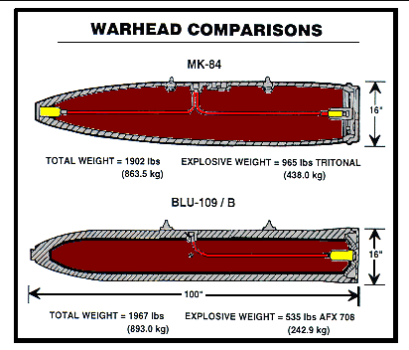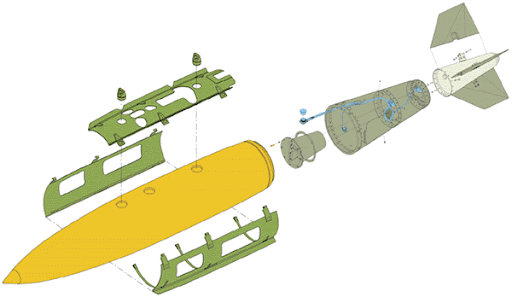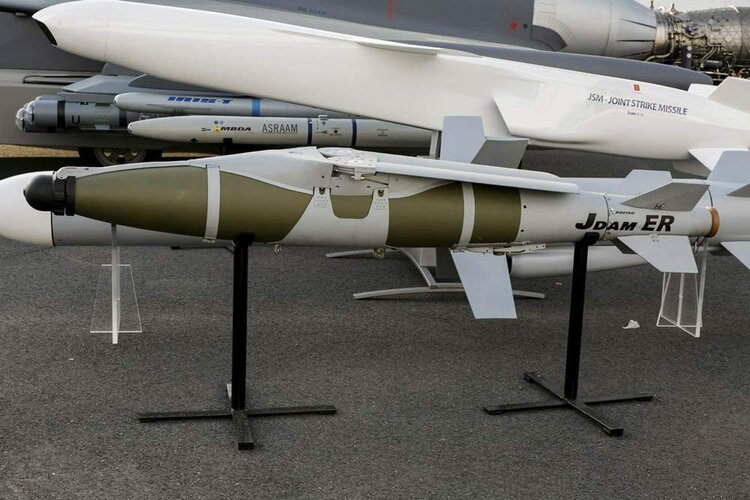Forest Green
ACCESS: Above Top Secret
- Joined
- 11 June 2019
- Messages
- 9,535
- Reaction score
- 17,511
I don't see the point of this. If the ship has air defense then using any type of bombs will just put aircraft within SAM engagement zone, in that case it much better to use anti ship missiles. If the ship has no air defense then don't they use LGB?
Toss-bombing from low-altitude approach. The attack plane came below horizon, rapidly climb up, release the bombs during climb and escape to low altitude again. Bombs move up at ballistic trajectory, then spread wings and glide toward target.I don't see the point of this. If the ship has air defense then using any type of bombs will just put aircraft within SAM engagement zone, in that case it much better to use anti ship missiles. If the ship has no air defense then don't they use LGB?
even toss bombing has relatively short range, arguably shorter than the radar horizon. And I think it is still much safer for the aircraft to just launch an anti ship missileToss-bombing from low-altitude approach. The attack plane came below horizon, rapidly climb up, release the bombs during climb and escape to low altitude again. Bombs move up at ballistic trajectory, then spread wings and glide toward target.I don't see the point of this. If the ship has air defense then using any type of bombs will just put aircraft within SAM engagement zone, in that case it much better to use anti ship missiles. If the ship has no air defense then don't they use LGB?
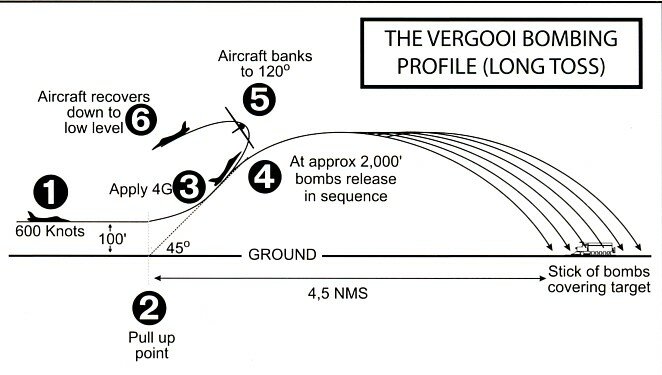
Yes, but missile are far more costly and heavier. And more specialized. You could have forty JDAM kits for the cost of just one Harpoon missile, and JDAM's could be used against other targets, too.even toss bombing has relatively short range, arguably shorter than the radar horizon. And I think it is still much safer for the aircraft to just launch an anti ship missile
I remind you, that JDAM is glide bomb. It could glide for quite a while after being tossed.even toss bombing has relatively short range, arguably shorter than the radar horizon.
JDAMs should be no problem at all for typical CIWS.
JDAMs has short range. Shoot down the aircraft dropping them.JDAMs should be no problem at all for typical CIWS.
How about 6 approaching from different vectors? Make that 10
JDAMs has short range. Shoot down the aircraft dropping them.JDAMs should be no problem at all for typical CIWS.
How about 6 approaching from different vectors? Make that 10
most ships have at least 2 phalanx systems depending on size. i dont see how it would be a problem especially with the targeting system. it prioritizes the closest one or the most dangerous.... its possible because of the rate of fire. so say the....... F/A 18 superhornet dropping 5 of these sequentially is within 1.0 mile because of the trajectory and the speed of release at about the 500 mph plus capability of the aircraft it would take about 15-25 seconds to get within -100ft of the ship.... well within range of the phalanx which has a range of 6000 yards..... and a kill time of a 1/2 a second and switching targets within a quarter of a second i think its very possible that it could eliminate all 5 effectively with one single phalanx system.JDAMs should be no problem at all for typical CIWS.
How about 6 approaching from different vectors? Make that 10
most ships have at least 2 phalanx systems depending on size. i dont see how it would be a problem especially with the targeting system. it prioritizes the closest one or the most dangerous.... its possible because of the rate of fire. so say the....... F/A 18 superhornet dropping 5 of these sequentially is within 1.0 mile because of the trajectory and the speed of release at about the 500 mph plus capability of the aircraft it would take about 15-25 seconds to get within -100ft of the ship.... well within range of the phalanx which has a range of 6000 yards..... and a kill time of a 1/2 a second and switching targets within a quarter of a second i think its very possible that it could eliminate all 5 effectively with one single phalanx system.JDAMs should be no problem at all for typical CIWS.
How about 6 approaching from different vectors? Make that 10
yea true. they would be cheap and easy to just yeet from a jet. but one? packed with like.... 10-15 lbs of explosive? considering they wont do you dirty and go nuclear....most ships have at least 2 phalanx systems depending on size. i dont see how it would be a problem especially with the targeting system. it prioritizes the closest one or the most dangerous.... its possible because of the rate of fire. so say the....... F/A 18 superhornet dropping 5 of these sequentially is within 1.0 mile because of the trajectory and the speed of release at about the 500 mph plus capability of the aircraft it would take about 15-25 seconds to get within -100ft of the ship.... well within range of the phalanx which has a range of 6000 yards..... and a kill time of a 1/2 a second and switching targets within a quarter of a second i think its very possible that it could eliminate all 5 effectively with one single phalanx system.JDAMs should be no problem at all for typical CIWS.
How about 6 approaching from different vectors? Make that 10
I am happy with those odds and I'm sure the USAF is too. Only one of these weapons needs to make it through and it isn't very expensive.
Hmm, those are rather optimistic numbers. Assuming 100-round bursts, it's more like 1.5 seconds per burst (including spin-up time) and some time to re-aim between bursts, definitely more than a quarter second. Plus you really can't count on every burst being a kill.; Phalanx does miss sometime (more often than you might think). Also, a GP bomb is actually pretty near worst case for a Phalanx -- lots of nicely shaped steel to get through from the front and hard to deflect if you don't detonate it outright. By the time Phalanx is in play, even destroying the guidance package might not cause a miss.and a kill time of a 1/2 a second and switching targets within a quarter of a second i think its very possible that it could eliminate all 5 effectively with one single phalanx system.
Or for finishing off already hit ships.Again, though, this isn't a weapon for killing heavily defended ships. It's for dealing with larger numbers of relatively undefended targets, like an amphibious landing force, after the escorts have been stripped/degraded by more sophisticated systems
unfounded statementJDAMs should be no problem at all for typical CIWS.
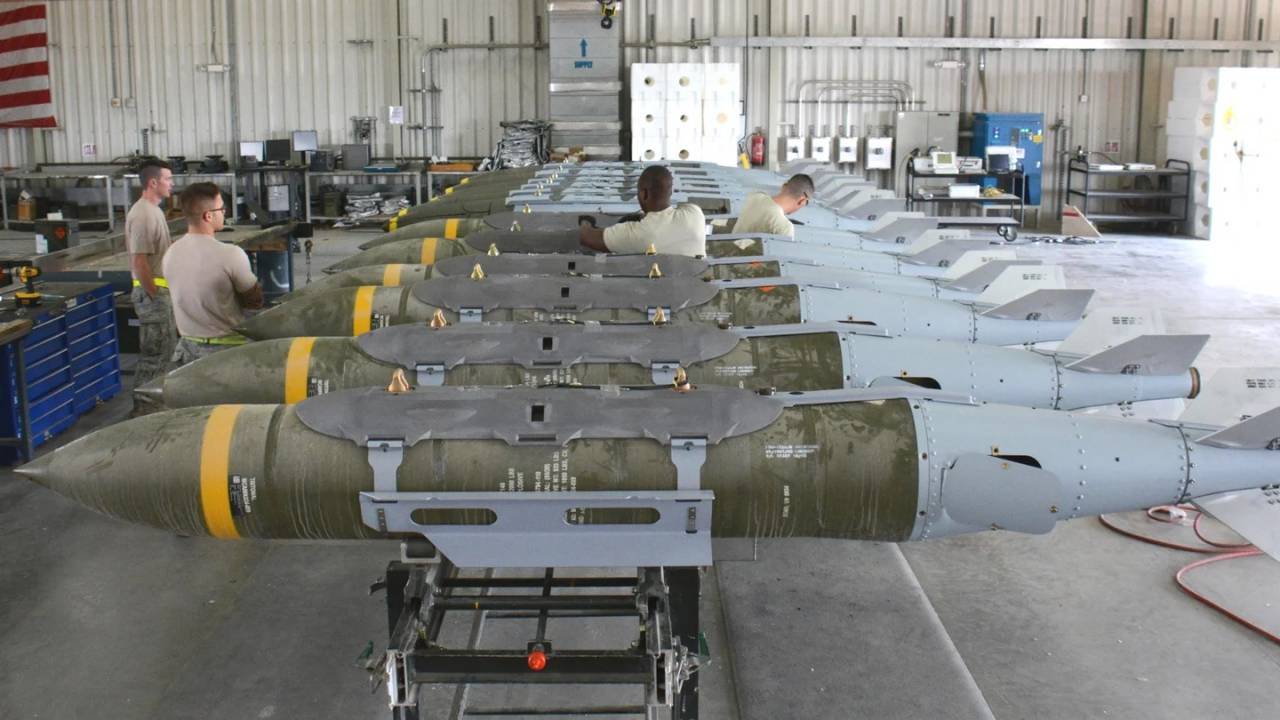
US Phalanx rounds use DU specifically for penetrating armored warheads. No reason to believe a Chinese 30mm couldn't. Or that one of their RAM launchers couldn't swat these out of the air. Also you're assuming a direct head-on aspect would be presented to the CIWS which isn't necessarily the case.unsubstantiated statementJDAMs should be no problem at all for typical CIWS.
for example BLU-109 warhead, this thing can penetrate to 2 meters reinforced concrete, the tail fuse is safe sheltered, the rudders have an extremely small area in head-on engagement
in fact, it is much solid than any western-made ASM

I don't see the point of this. If the ship has air defense then using any type of bombs will just put aircraft within SAM engagement zone, in that case it much better to use anti ship missiles. If the ship has no air defense then don't they use LGB?
Looking at it, This looks more like a counter swarm weapon. With the demonstration of Chinese USV in landing exercises and a massive shipbuilding industry, saturation offensive is not implausible, especially in conjunction with other efforts at lowering effective US sortie rates into relevant theater at the time of maneuver."In the AMSTE scenario, once a JDAM is released, E-8C Joint Stars will be able to provide the weapon with continuous updates of a target's position to the weapon until impact. This effort is being focused on maritime interdiction.
modern family FMU-152 fuses already has wide delay overlay, up to 240 msBesides datalink guidance, the 'torpedo like' quote suggests new fuzing could be involved.
For the sake of discussion, here are the penetration value for different type of 20 mm round, 25 mm round and 30 mm round.unfounded statementJDAMs should be no problem at all for typical CIWS.
for example BLU-109C/B warhead, this thing can penetrate up to 2 meters of reinforced concrete, filled by insensitive explosive AFX-757, the tail fuse is safe sheltered, the JDAM wings have an extremely small area in head-on engagement
in fact, it is much solid than most western-made ASM

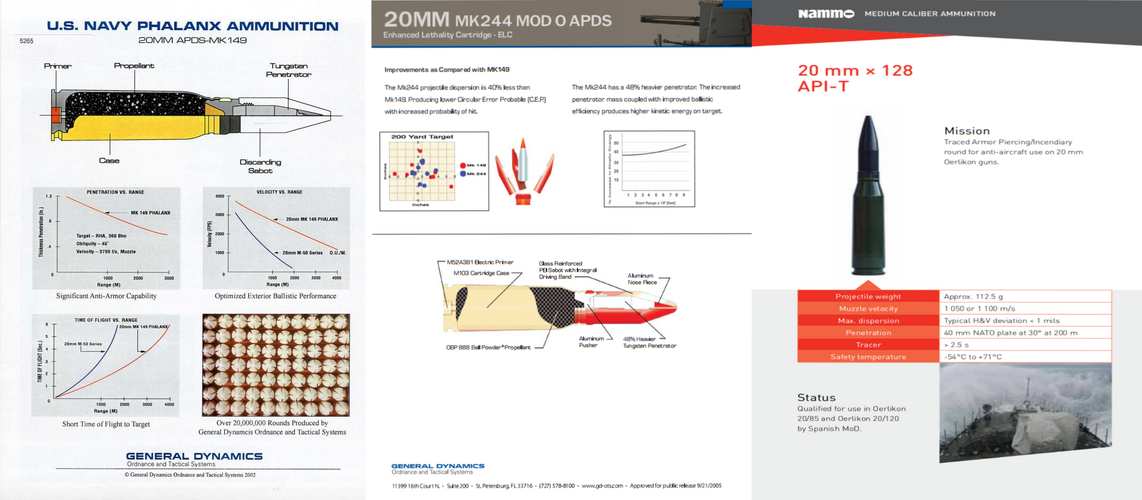
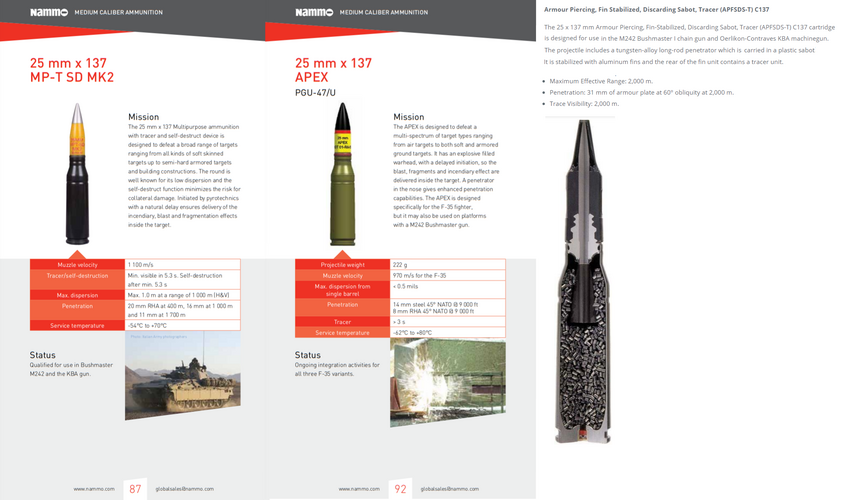
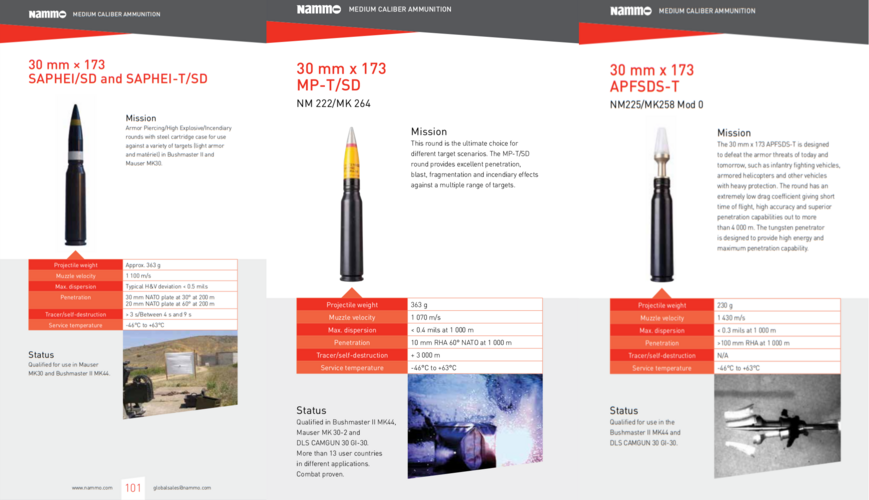
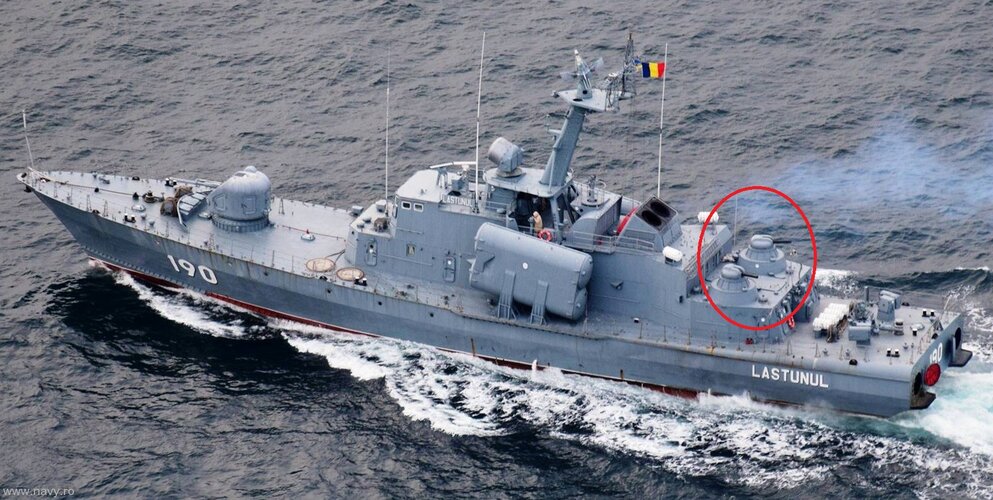
Depends on the level of air-defence. An F-22 going supersonic can fling a JDAM a surprisingly long way. Then you have JDAM-ER too. Probably enough to beat short range AD. You've also got cost/quantity considerations. You could probably fling a few dozen JDAMs at a ship for the cost of one ASM, probably more resilient to DEWs as well.I don't see the point of this. If the ship has air defense then using any type of bombs will just put aircraft within SAM engagement zone, in that case it much better to use anti ship missiles. If the ship has no air defense then don't they use LGB?
If the ship has weak air defense then I think a couple LGB can do the same jobDepends on the level of air-defence. An F-22 going supersonic can fling a JDAM a surprisingly long way. Then you have JDAM-ER too. Probably enough to beat short range AD. You've also got cost/quantity considerations. You could probably fling a few dozen JDAMs at a ship for the cost of one ASM, probably more resilient to DEWs as well.I don't see the point of this. If the ship has air defense then using any type of bombs will just put aircraft within SAM engagement zone, in that case it much better to use anti ship missiles. If the ship has no air defense then don't they use LGB?
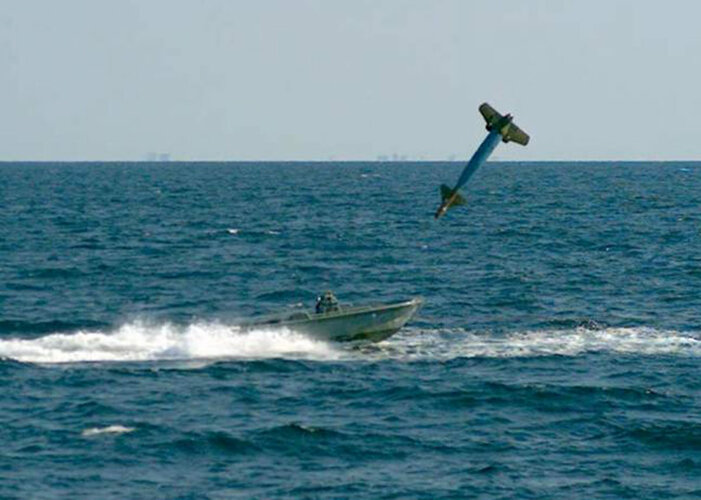
Er... on CIWS effective distance, the goal is exactly to detonate the warhead. Nothing else would stop the incoming projectile. Damage to the wings, control systems, engine (in case of missiles) at this stage is simply not enough to reliably stop it. It would still be able to fly the remainig (small) distance, and hit the target. Only detonating the warhead would stop it at this stage.We're talking about damage to fuse, possibly not detonating.
I think the penetration of 30 mm APFSDS round and rate of fire of AK-630 should be more than enough to shred JDAM body into small bit. The penetration at 3 km is nearly 39 mm RHA at 60 degree obliquity, and it can fire 55-80 rounds per second down range.It's not about penetration but about damage to subsystems. At what distance from the target (ship) would the parts of the bomb be damaged enough to cause malfunctions (to what degree?)
We're talking about damage to fuse, possibly not detonating. Damage to wings, possibly influencing a change in trajectory. Damage to control fins, possibly influencing greater change in trajectory.
Sadly, info that'd help answer those questions isn't readily available nor quantifiable.
Personally, dealing with any kind of a bomb falling mostly vertically on target, just 3 or so km away, is not good enough. Which is why gun based CIWS are likely not the best solution. Missile CIWS in such weight class as RAM, providing they have good enough guidance, would be better suited to it, from the interception efficiency standpoint. Downside of those, of course, is their more limited quantity available to the ship for long engagements (several attack waves?)
But basically, that's the issue with any air attack on any ship. IF you can bring enough planes in a single attack, and if those planes can launch enough munitions at the ship (Bombs or missiles) the ship is going to get wrecked. (Unless soft measures like decoys and jammers can work)
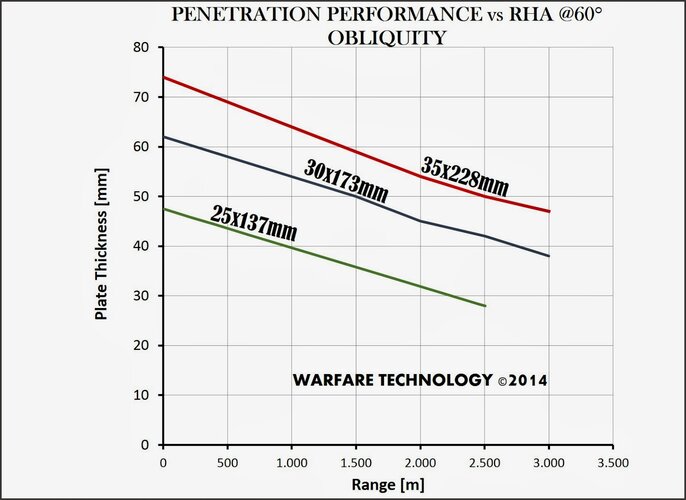
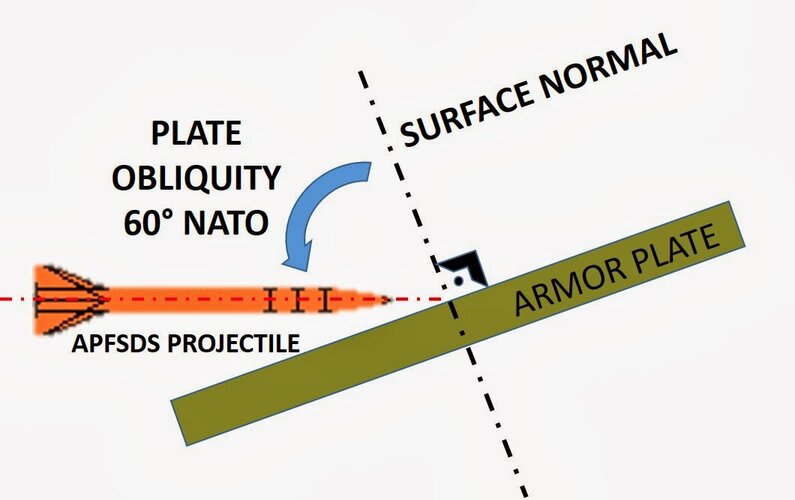
The oblique angle is the impact angle of the bullet with the bomb so whether the bomb coming from the horizon or dive straight down, it wouldn't change much as long as it is coming at the shipA JDAM on a high trajectory is going to be a lot more than 60 degree oblique. The threat is entirely different to a relatively horizontal sea-skimmer with terminal pop-up which most CIWS were designed to defeat.
If it was that easy then in theory no bomb, whether guided or dumb, would be able to penetrate a CIWS screen.
